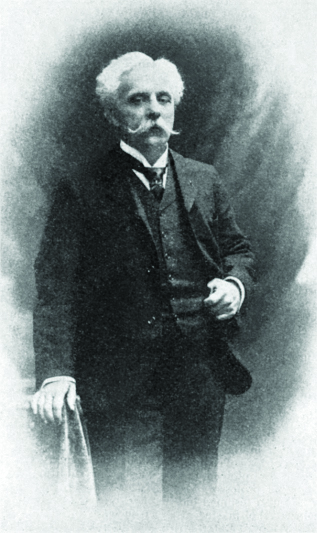Composed 1921; 19 minutes
 French composer Gabriel Fauré composed his Second Cello Sonata in 1921, towards the end of his life. It came after a troubled period that included an enforced, awkwardly handled retirement as head of the Paris Conservatoire and a serious summer illness while in Southern France. He was already at work on the sonata when the illness led him to write to his wife. “My music?,” he wrote. “That’s asleep…It’s annoying being old!” he added. “But when I get back to work, I’ll notice it less.”
French composer Gabriel Fauré composed his Second Cello Sonata in 1921, towards the end of his life. It came after a troubled period that included an enforced, awkwardly handled retirement as head of the Paris Conservatoire and a serious summer illness while in Southern France. He was already at work on the sonata when the illness led him to write to his wife. “My music?,” he wrote. “That’s asleep…It’s annoying being old!” he added. “But when I get back to work, I’ll notice it less.”
The first movement of the sonata, with its elegant, lyrically flowing, seamless melodic writing, reveals no sign of Fauré’s physical frailty. Throughout, the two instruments work together in close canonic imitation, building to carefully controlled climaxes. The framework is that of the traditional sonata first movement structure, compact, with not a note out of place. The slow movement adapts a Chant funéraire that Fauré had been commissioned to write earlier in 1921 for a ceremony commemorating the centenary of the death of Napoleon. At the time, he found the idea of a military band performance at a public ceremony at Les Invalides an intimidating prospect. So, he left the scoring of his short score for military band to a conductor he trusted. Shortly afterwards, he found that its noble, solemn melody transferred directly to the cello and, in fact, soon provided the starting point for the composition of the cello sonata itself. The finale is a joy, with its rhythmic suppleness and skillfully crafted uninterrupted melodic buoyancy. “The Andante is a masterpiece of sensitivity and expression and I love the finale, so perky and bright,” Fauré’s friend composer Vincent d’Indy wrote after the première. “How lucky you are to stay young like that.”